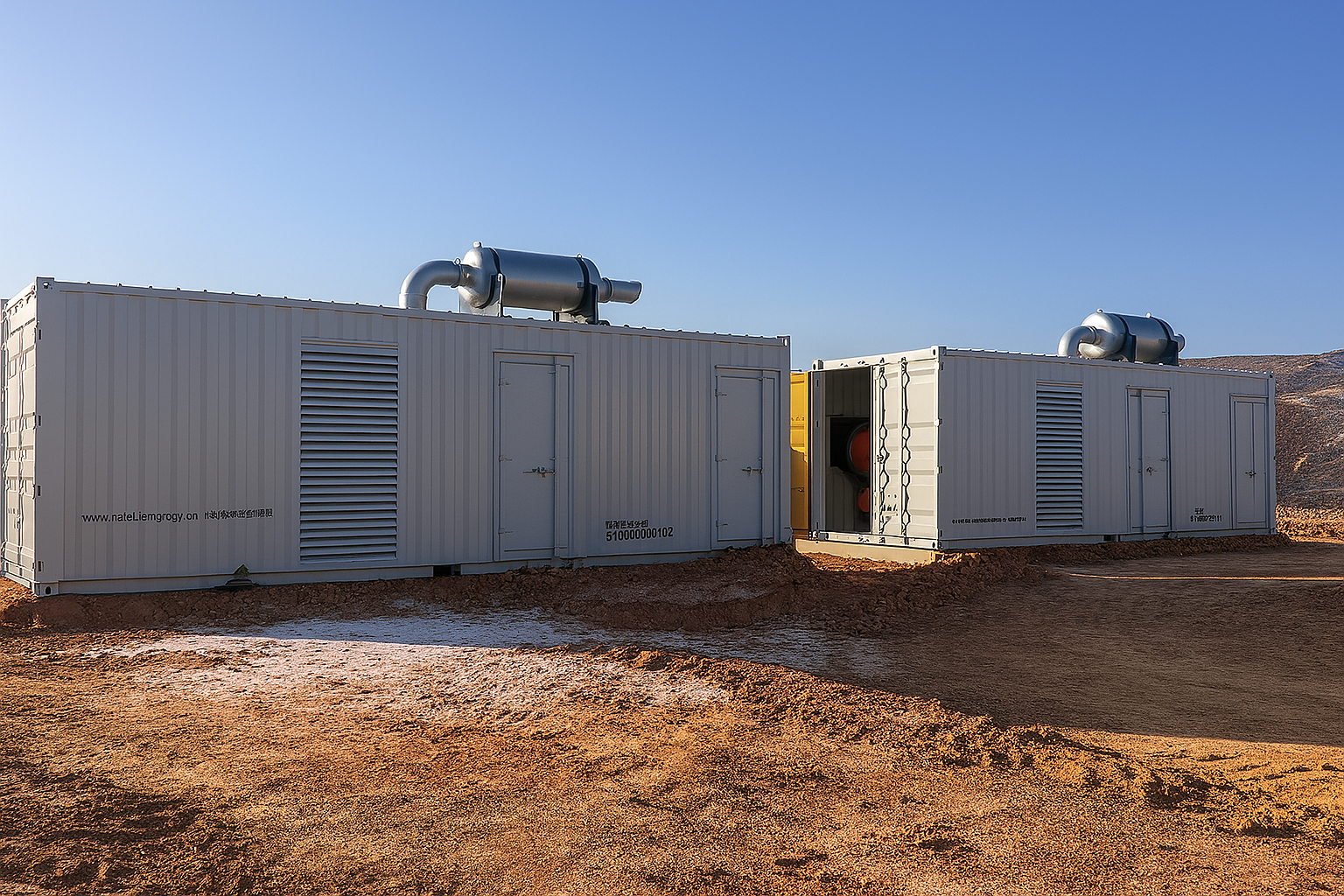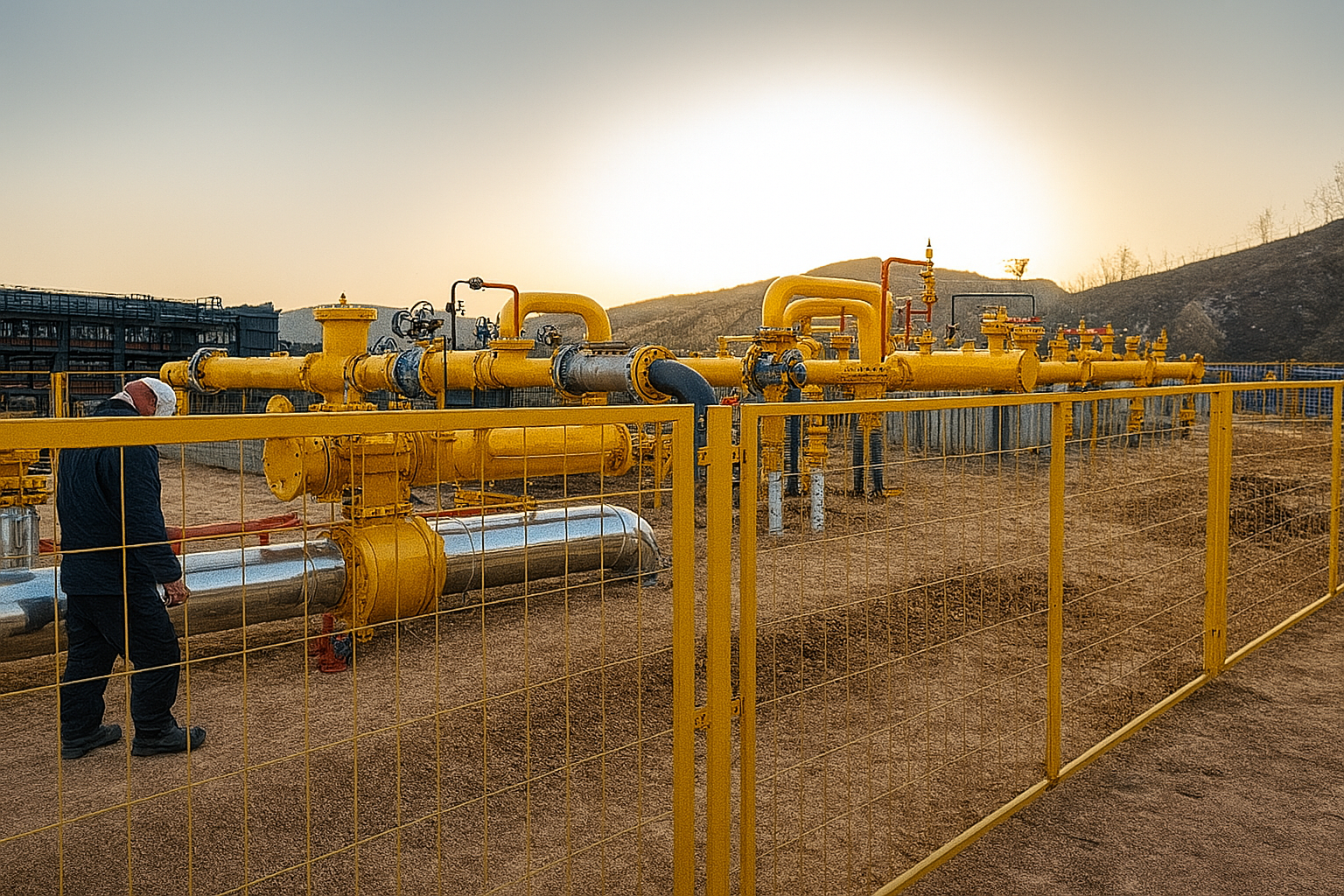Our Solution:
SINOENERGY provided three 500kW gas generator sets driven by YC6CN engines. The solution includes:
Grid-isolated synchronized generation across all three units
Redundant automatic start logic to ensure backup during maintenance
Gas pressure regulating skid with filtration and safety valves
HMI-integrated PLC panel with alarm and data logging
Modular layout for phased maintenance and load adjustment
Performance & Feedback:


Operational since April 2024, the station has logged over 3,800 hours with zero unscheduled downtime. Performance data show average output efficiency of 3.8 kWh per Nm³ of gas consumed.
The end-user highlighted the system’s reliability, fast load response, and excellent integration with existing SCADA infrastructure. The solution also significantly reduced reliance on external power.
Post time: 2024-11-05

